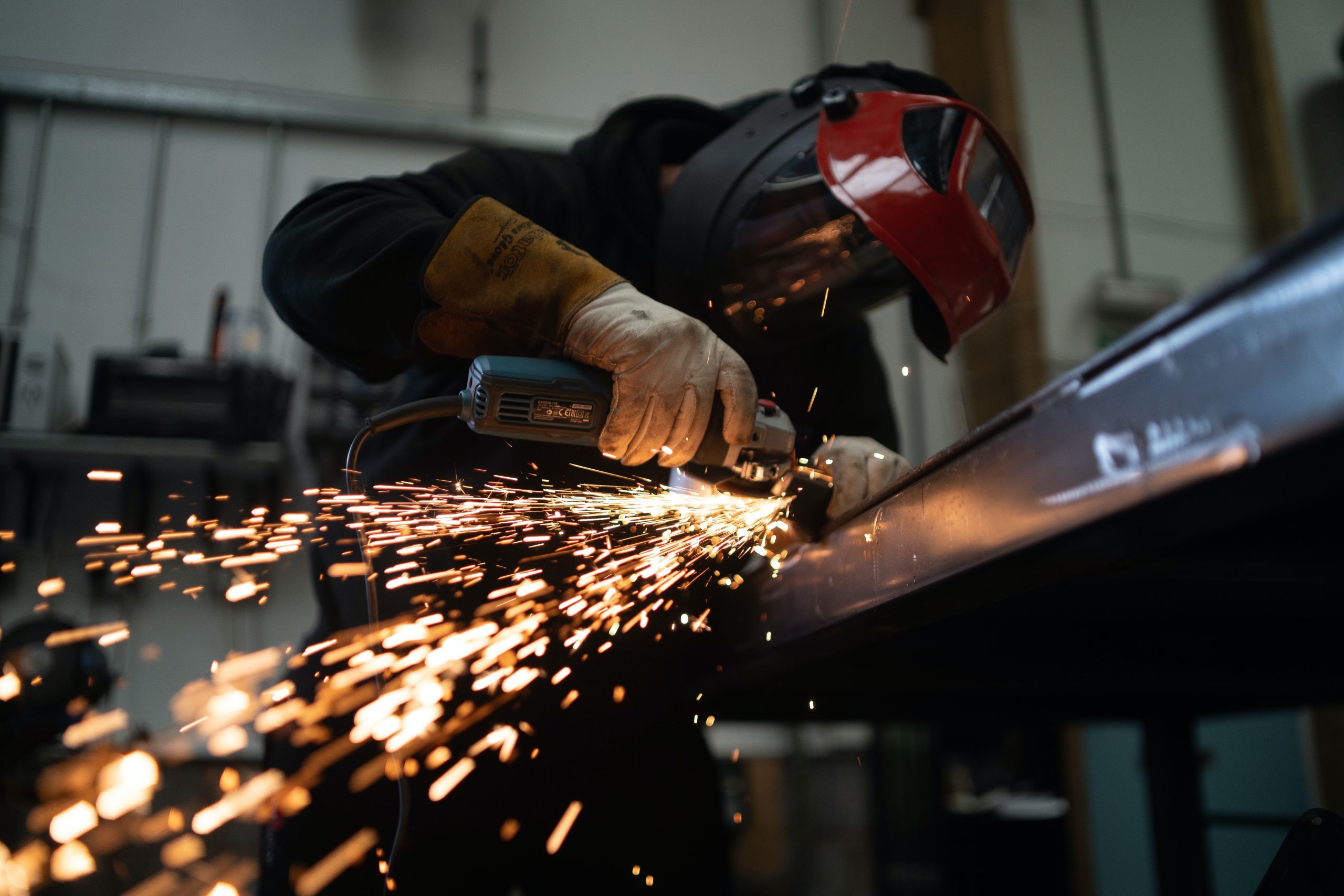Economy

Feasibility of Trump's Border Barrier Goes Far Beyond $5 Billion Price Tag
Written by Sandy Williams
January 10, 2019
With the partial government shutdown in its 20th day, the political standoff in Washington over President Trump’s border wall remains focused on his $5.7 billion budget request. The larger question is whether a construction project of the scale the president has proposed is even feasible, at any cost.
From a steel industry standpoint, the project is feasible, said AISI President Tom Gibson. A 1,000-mile-long steel barrier, a compromise from Trump’s “border wall,” would require an estimated three million tons of steel. “The industry is ready to meet that demand,” said Gibson in an interview with NPR. “Last year, in the United States, we produced about 90 million tons of steel. We are operating at 81 percent capacity utilization. That means we still have a lot of unused capacity that can be dedicated to this and other projects.”
Ed Zarenski, a retired building project cost estimator and analyst currently teaching at Worcester Polytechnic Institute, estimates construction of such a steel barrier could take as long as 10 years and require about 10,000 workers to complete.
The logistics of building such a wall are overwhelming, he explained in a recent blog. First, the land and permits must be acquired. Roads must be built to access the construction areas. It will take 1,100,000 truckloads at 50 locations over four years to deliver materials.
“That works out to 40 truck bypasses per day coming and going; so, 30-ton trucks go by (some community) every 12 minutes at every one of 50 locations every workday for four years,” said Zarenski. “It is very likely that heavy truck traffic will destroy many, if not all, the town roads used to access the 50 construction sites. The cost to repair/replace those existing roads is not included here, but I suspect it would be in the hundreds of millions.”
 About six million cubic tons of cement would be required for a foundation. For the steel estimate, Zarenski used 8-inch hollow tube sections 3/8 inches thick, 30 feet high, spaced 6 inches apart. The steel required is about 3 percent of U.S. annual production, but would be produced over the life of the 10-year project. CRU steel analyst Josh Spoores said construction of the wall “would have a very limited impact for U.S. steelmakers.”
About six million cubic tons of cement would be required for a foundation. For the steel estimate, Zarenski used 8-inch hollow tube sections 3/8 inches thick, 30 feet high, spaced 6 inches apart. The steel required is about 3 percent of U.S. annual production, but would be produced over the life of the 10-year project. CRU steel analyst Josh Spoores said construction of the wall “would have a very limited impact for U.S. steelmakers.”
The materials required for the massive project would put a strain on the construction materials capacity, however, said Zarenski. “The materials demand has far more affect than you might think on disrupting normal construction flow,” he said. “Since it is all localized in one area of the country, the far southwest border, it could potentially represent 20 to 30 percent of the construction materials capacity in that area of the country, straining the capacity in that area and disrupting the normal volume of construction there for years. This would be detrimental to the rest of the construction industry growth in that area for that period.”
The current tight labor market is also a concern, requiring a potential 2-4 percent expansion of the construction workforce along the border.
“The maximum historical rate of annual workforce expansion is 5 percent nationwide,” said Zarenski. “Normal annual jobs growth is 3 to 4 percent. If one project were absorbing 100 percent of the jobs growth in an entire region, there would be no workers available for any other construction activity growth for several years.”
Using the 10,000-labor-force figure, Zarenski calculated workers spread equally over 50 construction sites could build 37 feet of border, or about 1,850 feet in total, per day. By the 2020 election, only 161 miles of barrier would be completed.
Is the steel barrier a feasible project? “I wouldn’t say it’s impossible. But you’ve got to factor in engineering considerations,” Zarenski told the Washington Post. “And then I would say, is the project realistic? Probably not.”

Sandy Williams
Read more from Sandy WilliamsLatest in Economy

New York state manufacturing index drops again in April
Firms were pessimistic, with the future general business conditions index falling to its second lowest reading in the more than 20-year history of the survey

Construction adds 13,000 jobs in March
The construction sector added 13,000 jobs, seasonally adjusted, in March, but tariffs could undermine the industry.

Supply chains, end-users brace for impact from tariffs
Supply chains are working through what the tariffs mean for them

ISM: Manufacturing expansion loses steam after two months of growth
US manufacturing activity slowed in March after two straight months of expansion, according to supply executives contributing to the Institute for Supply Management (ISM)’s latest report.

Chicago Business Barometer rose to 16-month high in March
The Chicago Business Barometer increased for the third-consecutive month in March. Despite this, it still reflects contracting business conditions, as it has since December 2023.
